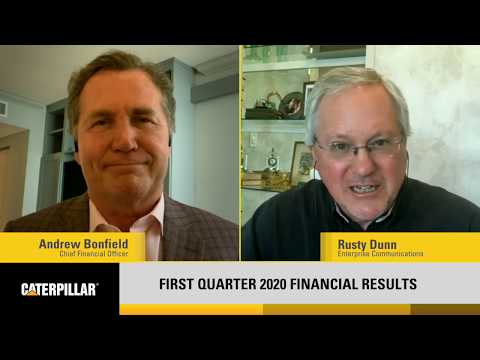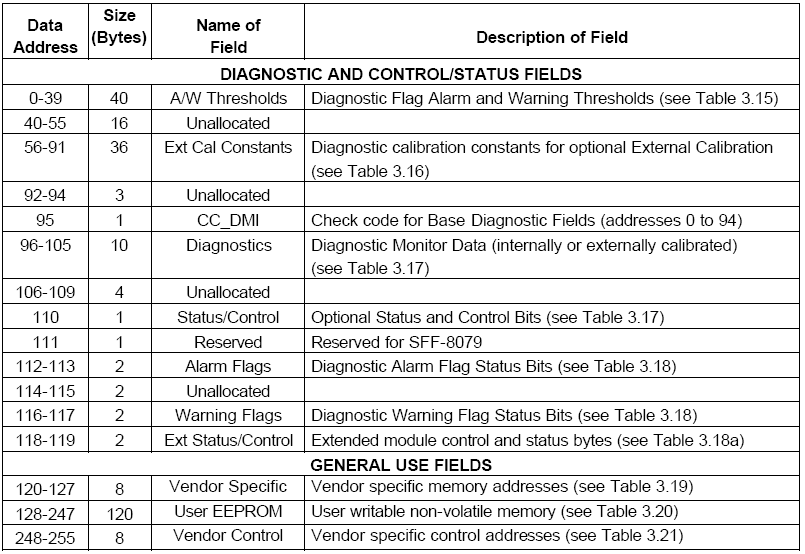Contents
As u can see on the RIL chart, the previous trend was an uptrend. A Doji was spotted which resulted in a bearish trend reversal. But it’s important to know that, Doji doesn’t mean reversal, it strictly points out the indecision of the market.
- The patterns that form in the candlestick charts are signals of such market actions and reactions.
- It can also be a bullish or bearish doji candle, but is considered the opposite pattern to the Gravestone Doji.
- If you want to discover the other candlestick patterns strategy guides, then head over here for a full list of them.
- On the flip side, you can find the exact same pattern as a bearish reversal at the top of an uptrend.
The Doji candlestick chart pattern usually looks like a pair of vertical and horizontal lines intersecting each other. The vertical line is called the wick and the horizontal line is called the body. Traders would also take a look at other technical indicators to confirm a potential breakdown, such as therelative strength index or themoving average convergence/divergence . A doji, referring to both singular and plural forms, is created when the open and close for a stock are virtually the same.
Content Marketing
Of its variations, the dragonfly doji is seen as a bullish reversal pattern that occurs at the bottom of downtrends. The gravestone doji is read as a bearish reversal at the peak of uptrends. A typical approach to forecasting trends and building a trading strategy is to examine candlestick patterns in the prices of stocks traded. When studied in conjunction with a variety of other data, there are a lot of different candlestick patterns that signal multiple possible market directions. Technical traders use candlestick charts to cut the noise in the market and understand price movement. However, like other tools, candlestick charts alone aren’t indicative of any change.

These include white papers, government data, original reporting, and interviews with industry experts. We also reference original research from other reputable publishers where appropriate. You can learn more about the standards we follow in producing accurate, unbiased content in oureditorial policy. DTTW™ is proud to be the lead sponsor of TraderTV.LIVE™, the fastest-growing day trading channel on YouTube.
Gravestone Doji: How to tell when the market is about to reverse lower…
In Dragonfly Doji the candle has a lower wick this means rejection of lower prices. When the market opens buyers push the price down and then rise and closes the buyers pushed the price higher it is a sign of strain and don’t choose Dragonfly Doji. Whatever may be the candlestick pattern you must know about the exact definition and what is the meaning behind it. The morning Doji star is a three-candlestick pattern that works in a strong downtrend.
As with stocks and other securities, the formation of a doji candlestick pattern can signal investor indecision about a cryptocurrency asset. The Doji candlestick, also called a Doji star, shows indecision between buyers and sellers in the crypto market. This type of candlestick is confirmed on a technical analysis chart when the opening and closing prices are almost identical. A doji can be both bullish and bearish depending if they are found in an uptrend or a downtrend.
In this blog, we are going to discuss all that a trader should know about Doji candlesticks. It is formed when the open, high, and close prices of an asset are similar. When there is a long lower shadow, it suggests that there was an aggressive selling phase. Buyers were able to withstand the selling and push the price up.
However, bears are unable to keep prices lower, and bulls then push prices back to the opening price. Scan candlestick charts to find occurrences of candle patterns. The Long-Legged Doji simply has a greater extension of the vertical lines above and below the horizontal line. This indicates that, during the timeframe of the candle price action dramatically moved up and down but closed at virtually the same level that it opened. This shows the indecision between the buyers and the sellers. Dojis are formed when the price of a currency pair opens and closes at virtually the same level within the timeframe of the chart on which the Doji occurs.
When either appears in a trading chart, look for other indicators like Bollinger Bands before planning entry or exit. Doji Star – It looks like a star with the same opening and closing values, and equal length upper and lower wicks. It appears when neither bullish nor bearish trend is significant enough to sway market sentiment. Candles, in which there is no body, because the opening price is equal to the closing price are called doji candles (jap. fool, clumsy, slip of the tongue).
If you want to discover the other candlestick patterns strategy guides, then head over here for a full list of them. The concept of these Doji candlestick patterns can be seen across different timeframes. In addition, the dragonfly doji might appear in the context of a larger chart pattern, such as the end of a head and shoulders pattern.
With enough practice, you might just find yourself an expert at discerning bullish and bearish doji candles like Gravestones, Dragonflies, Spinning Tops, and Haramis. To switch gears on this pattern, let’s examine a continuation pattern with a bearish Harami pattern. The peculiar nature of this example is that it isn’t actually “bearish” for the overall trend.
Types of Doji Candlestick Pattern
But overall, the big picture is that there was a lot of buying and selling going on. But no one has a clear upper hand by the time the candle is closed. Of course, this is an overgeneralization as there is buying and selling going on the entire time. But this does reveal something to the perceptive trader about the character of the candle.
The dragonfly doji forms when the stock’s open, close, and high prices are equal. It’s not a common occurrence, nor is it a reliable signal that a price reversal will soon happen. The dragonfly doji pattern also can be a sign of indecision in the marketplace. For this reason, traders will often combine it with other technical indicators before making trade decisions.
If a reversal happens, this buy-stop trade will be triggered. Similarly, you could set a sell-stop below the lower side of the dragonfly doji. https://1investing.in/ Notably, the Doji is a bearish signal if the closing price is below the middle of the candle, especially if it is close to resistance levels.
This is particularly true when there is a high trading volume following an extended move in either direction. A doji is not as significant if the market is not clearly trending, as non-trending markets are inherently indicative of indecision. Price moves up and down during that trading day but close near or even at the opening price.
In simple words, Doji tells traders that there are chances of a possible reversal or continuation trend. The size of the doji’s tail or wick coupled with the size of the confirmation candle can sometimes mean the entry point for a trade is a long way from the stop-loss location. According to technical experts, the price accurately reflects all available information about the stock, meaning that it is efficient. However – past price performance does not guarantee future price performance, and a stock’s present price may have little to do with its true or intrinsic worth. As a result, technical analysts employ methods to sift through the noise and identify the greatest wagers. But, at times it can happen, and then the original trend continues.

When you find a Gravestone Doji in an uptrend, what is it telling you? If price is being pushed higher in the trend only to reverse on itself, that is weakness, right? This can occur in either direction, up or down, as mentioned earlier.
Dojis are also apart of reversal patterns such as the head and shoulders pattern. Conversely price can head up if it’s an inverted head and shoulders pattern. The indecision candles show the buys and sellers are gearing up for the momentum agency cost examples of the continued trend. The color of the candlestick tells you where the stock opened and closed. Candlesticks were invented by a Japanese rice trader named Homma, who is often known as the godfather of the candlestick chart.
Some of these patterns are the evening star, morning star, doji, hammer, engulfing, and piercing lines among others. The neutral Doji consists of a candlestick with an almost invisible body located in the middle of the candlestick, with the upper and lower wicks of similar lengths. This pattern appears when bullish and bearish sentiments are balanced.
What is a long-legged doji candle?
But towards the close, there is a glimmer of hope for the bulls as they rally back. Here we have an example of a bullish doji, or spinning top, depending on how you want to look at it. They are generally narrow bodied candles with wicks at both ends, both of which are very important.
How to trade doji candle like a legend
At the opening bell, bears took a hold of GE, but by mid-morning, bulls entered into GE’s stock, pushing GE into positive territory for the day. Unfortunately for the bulls, by noon bears took over and pushed GE lower. In Chart 2 above , at the opening, the bulls were in charge. However, the morning rally did not last long before the bears took over.
Trading Strategie mit der Doji-Formation
The length of the wick mostly varies as the top primarily represents the highest price, while the lowest price is illustrated at the bottom. Pay 20% or “var + elm” whichever is higher as upfront margin of the transaction value to trade in cash market segment. There are different types of Doji candles, as shown below. However, using Momentum indicators could give you a clear perspective to determine the strength of a trend.